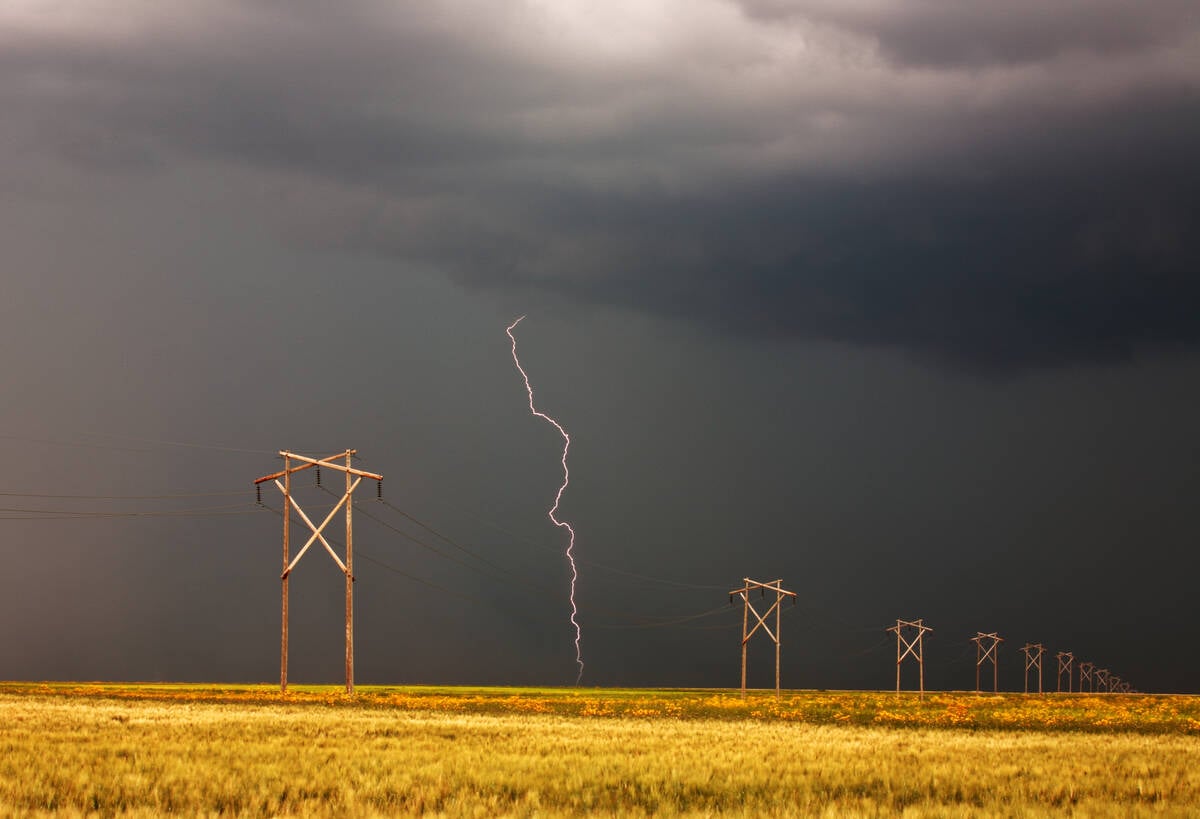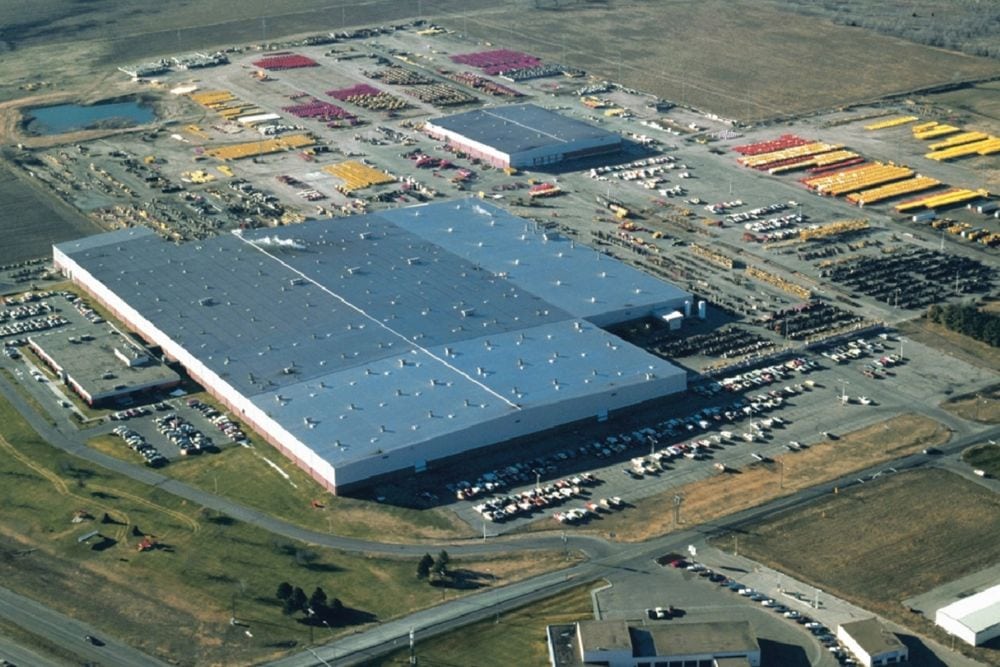Last fall my husband Corey started working at the lumber desk of the Turtleford Co-op. Besides the benefits, I think the best part of that job is the stories he brings home. There’s the customer who brought in banjos for Corey to fix (Corey is a musician). There’s the banter with one of the local vets, who’s not afraid to tell you what he thinks of your border collie’s haircut.
The next Corner Gas-like hit will be set in a co-op.
Of course, co-ops give us more than material for potential TV scripts. The Turtleford Co-op employs over 40 people. Between the agro and grocery stores, it sells everything from fuel to fertilizer to lumber to spinach.
Read Also

Lightning gives and takes in Prairie fields
Lightning in fields can be a source of nitrogen but at times can result in crop damage which, at a glance, resembles a very localized disease outbreak, plant pathologist Ieuan Evans writes.
Co-ops are “a big part of rural Saskatchewan, rural Canada,” says Jay Millard, a mixed farmer and board member of the Turtleford and District Co-op. If you took the co-operatives out of every small community in Saskatchewan, you’d have no communities left, he added.
The co-operative movement pre-dates confederation. In the 1840s, British workers tried to establish co-op stores similar to those in Britain, the Canadian Encyclopaedia states. But it was Canadian farmers who really got rolling with the co-operatives. Think of the wheat pools, UFA, dairy co-ops, and the co-op stores.
Today there are over 9,000 co-operatives and credit unions in Canada, according to a research project on Canadian co-operatives. Canadian co-ops employ over 150,000 people and claim over 18 million members.
But communities shouldn’t take their co-ops and credit unions for granted. Jay points out that the business is always changing, and co-ops have to change with the times, too.
“There’s more competition now than there’s ever been,” he says.
Training employees is a big part of staying competitive, Jay says. Board members have access to training too, on everything from reading financial statements to working with people of different ages and ethnicities (diversity is a good thing on a board, Jay notes, because it means you’ll get different perspectives).
Understanding the business, and what customers want, is also important.
“That’s the key, to provide service people need,” says Jay. He adds: “A bad word travels a lot faster than a good one. It takes a long time to get people to say, ‘Hey, you’re doing a good job.’”
The reality is that most people are only loyal to a point. While the Turtleford Co-op sells farm supplies and has an agronomist, there are also independent ag retailers in our area with good reputations. There are other hardware and lumber supply stores in the area, too. And no one’s afraid to drive to North Battleford or Lloydminster for a grocery run and a trip to Peavey Mart.
Complacency is not an option for co-ops.
Jay says the board has been getting positive feedback from the community (and I can verify that from the kitchen table talk over the last few years).
That positive feedback is good for the board, he says. “It makes you want to help grow it. It’s good for the community and the surrounding community.”
Jay says everybody should take a turn as a co-op director. He’s into his second term, has served as vice president, and is currently the secretary for the board.
I ask him how he ended up on the co-op board.
“I kind of got cornered one day out in the field with nomination papers,” he says laughing.
But it’s been good, he says. He has no complaints.















